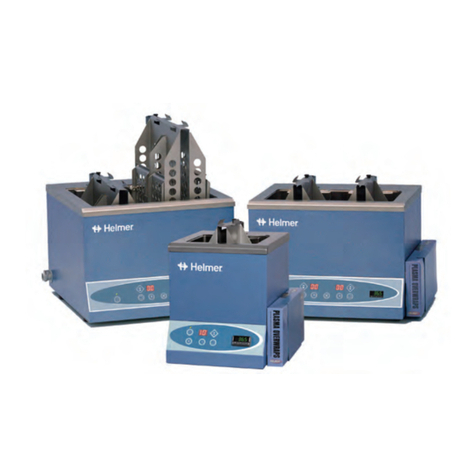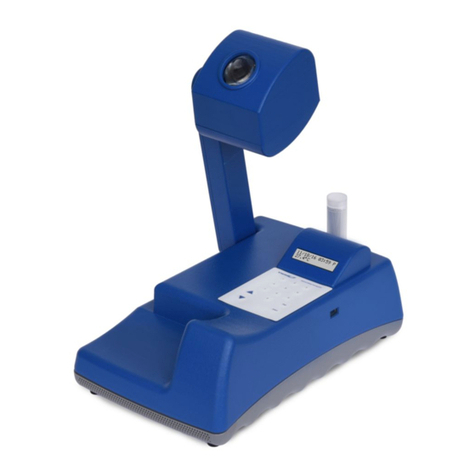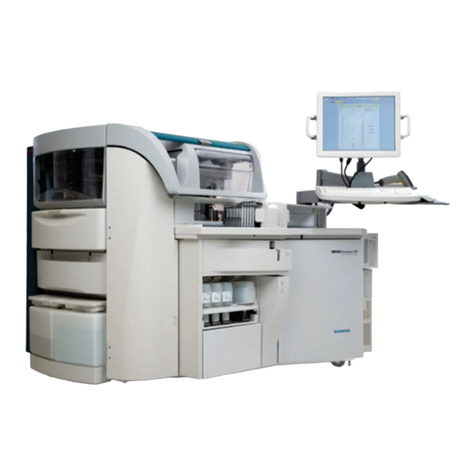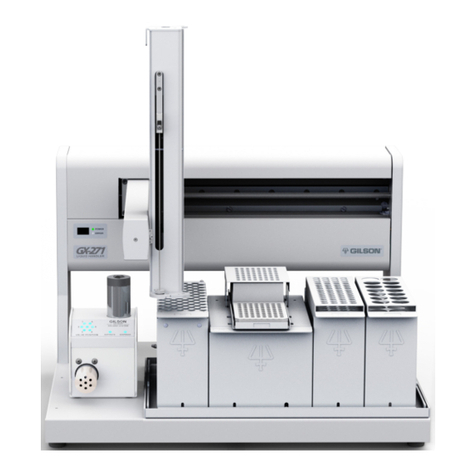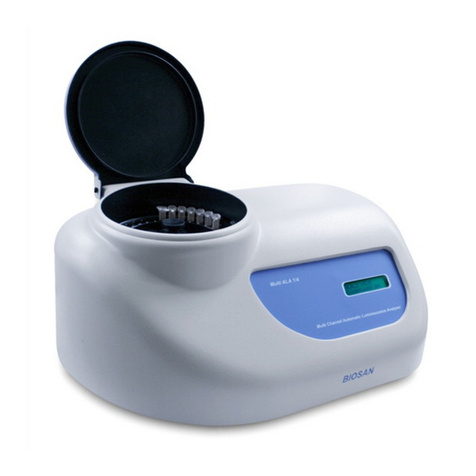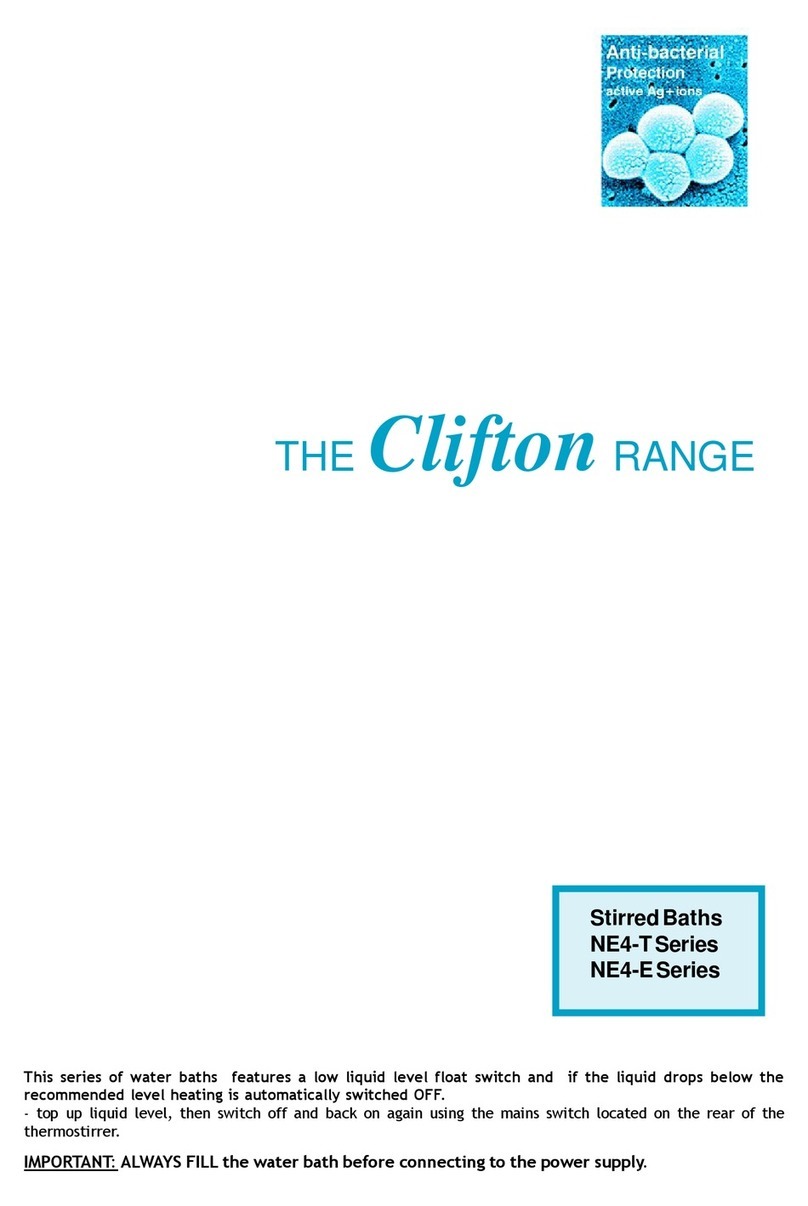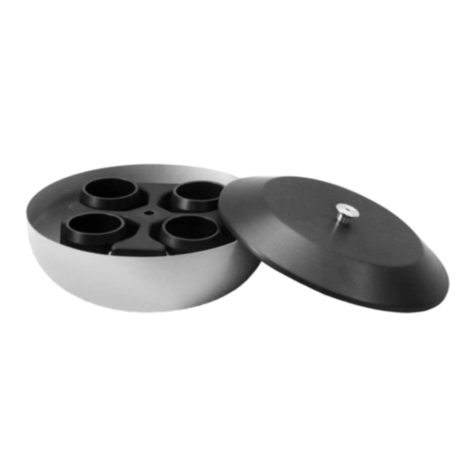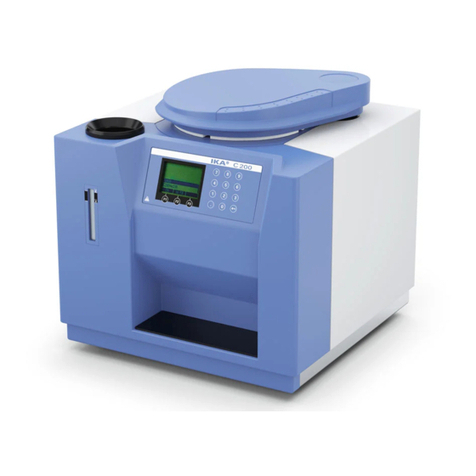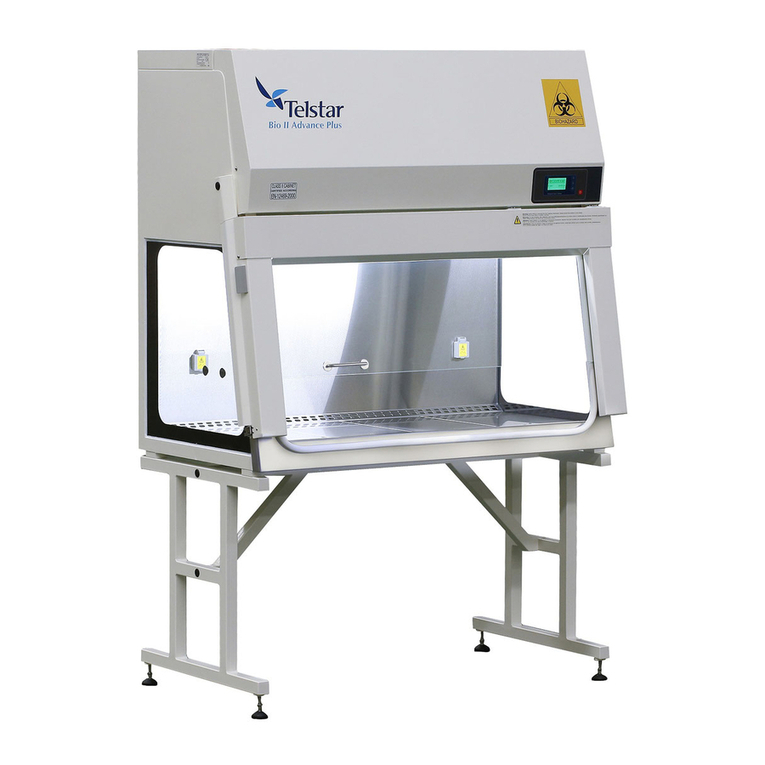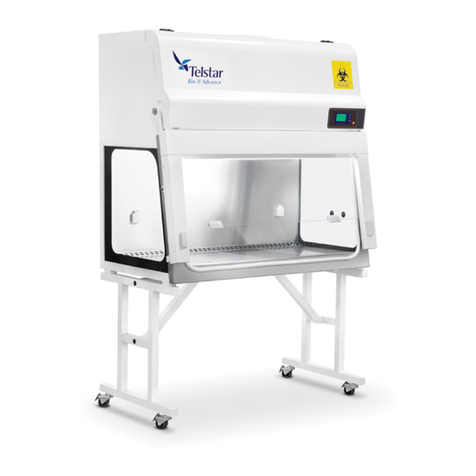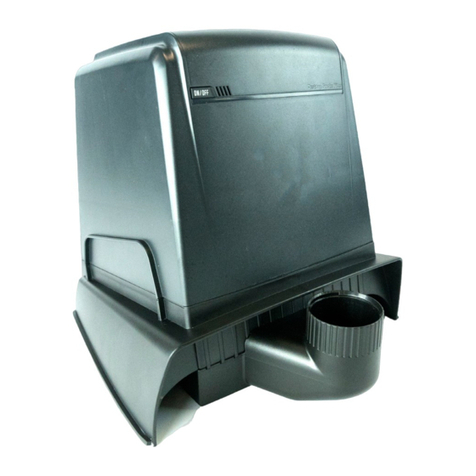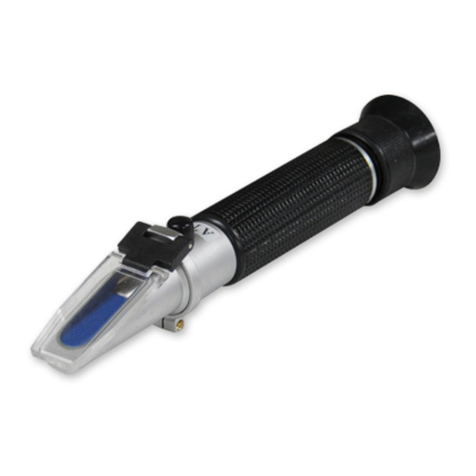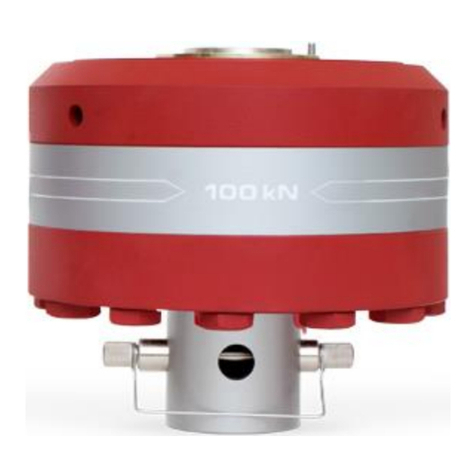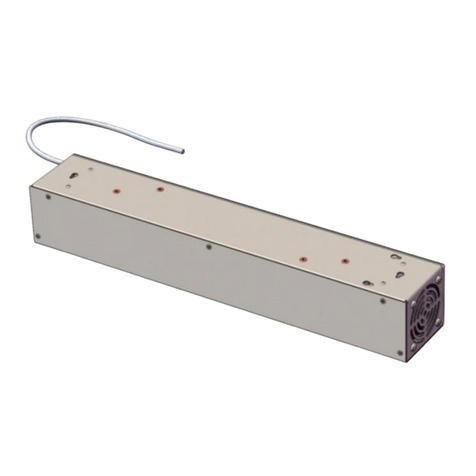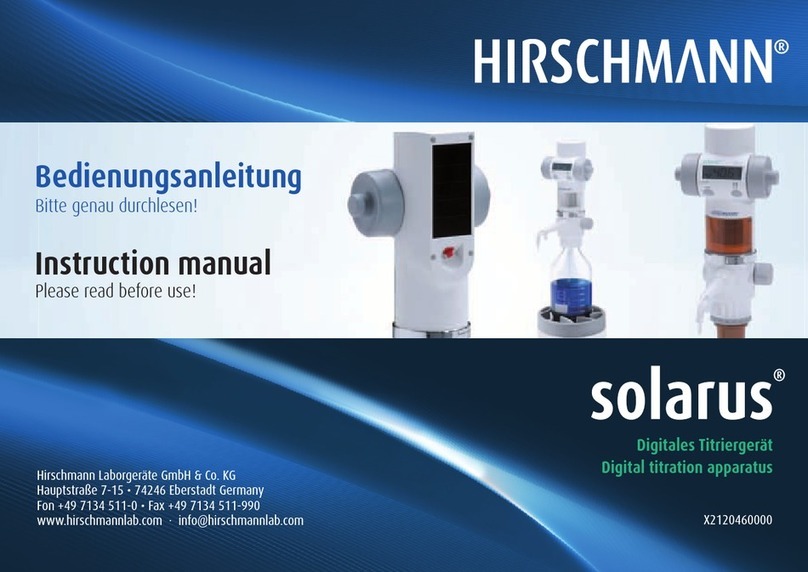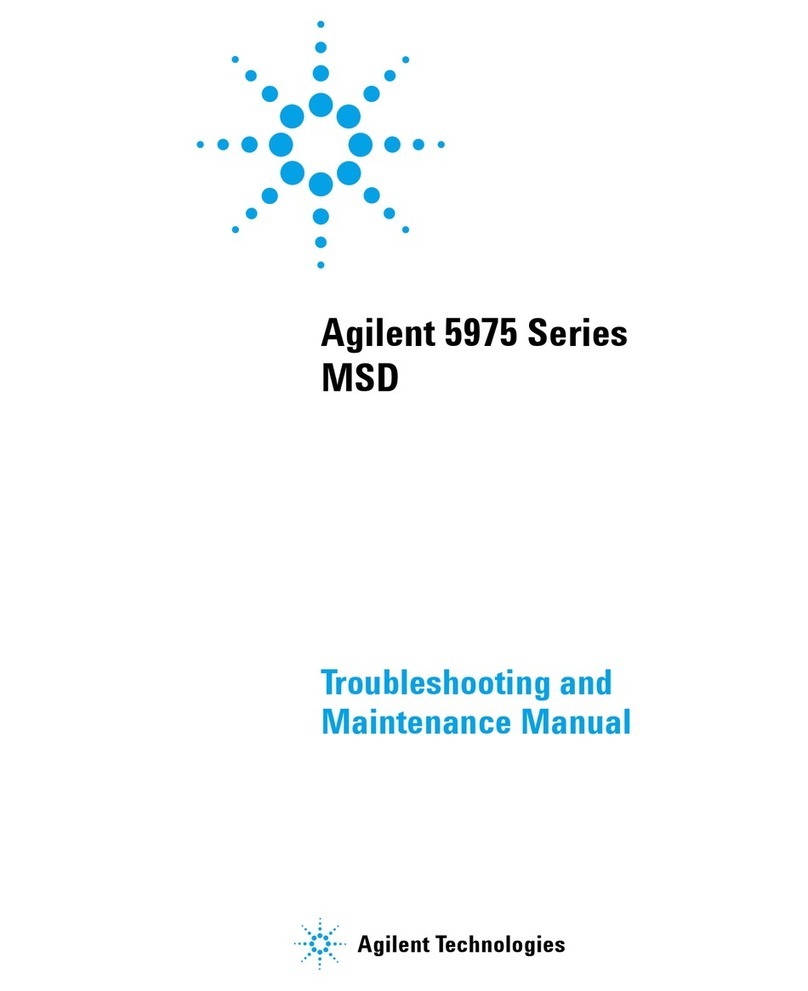
IM-LYOQUEST-EN-2101 3 / 58
TABLE OF CONTENTS
1. SYMBOLS, ABBREVIATIONS AND STICKERS .................................................... 5
2. GENERAL DATA ................................................................................................
2.1. Aim of this manual ........................................................................................ 6
2.2. Application ................................................................................................... 6
3. DESCRIPTION OF THE FREEZE DRYER .............................................................. 7
3.1. Technical features ......................................................................................... 7
4. INSTALLATION INSTRUCTIONS ....................................................................... 8
4.1. Transport and unpacking................................................................................ 8
4.2. Placing on site .............................................................................................. 8
4.3. Electrical connection ...................................................................................... 9
5. BEFORE START-UP ......................................................................................... 10
5.1. Vacuum pump ............................................................................................ 10
5.2. efrigerating unit ........................................................................................ 11
. DETAILS OF THE FREEZE-DRYER .................................................................... 11
6.1. Description ................................................................................................. 11
7. RECOMMENDATIONS ..................................................................................... 12
7.1. Ice condenser ............................................................................................. 12
7.2. Greasing .................................................................................................... 12
7.3. Long storage .............................................................................................. 12
8. WORKING PRINCIPLE .................................................................................... 13
8.1. Freeze ....................................................................................................... 13
8.2. Lyophilization ............................................................................................. 13
8.2.1. In manifold ........................................................................................... 13
8.2.2. In chamber ........................................................................................... 14
8.2.3. End of the process ................................................................................. 15
8.3. Lyophilization modes ................................................................................... 15
8.4. Selectable processes ................................................................................... 15
9. OPTIONAL ACCESSORIES ............................................................................... 1
9.1. Chambers .................................................................................................. 16
9.2. Manifolds ................................................................................................... 18
9.3. Flasks condensations collector (Drip tray) ...................................................... 18
9.4. Lyologger software ...................................................................................... 19
10. OPERATION AND CONTROL INSTRUCTIONS ................................................ 20
10.1. Start up ..................................................................................................... 20
10.1.1. Main indo ......................................................................................... 20
10.2. Freeze-drying ............................................................................................. 22
10.2.1. Probes ................................................................................................. 23
10.2.2. Recipe .................................................................................................. 23
10.2.3. Semiautomatic cycle .............................................................................. 25
10.3. Auxiliary cycles ........................................................................................... 26
10.3.1. Defrosting ............................................................................................ 26
10.3.2. Alarms ................................................................................................. 27
10.3.3. Alarms list ............................................................................................ 28
10.4. Synoptic .................................................................................................... 29
10.5. Settings ..................................................................................................... 31
10.5.1. Language ............................................................................................. 32
10.5.2. Date/hour ............................................................................................. 32
10.5.3. IP Settings ............................................................................................ 33
10.5.4. Technical Service ................................................................................... 33
10.6. ecipe edition ............................................................................................. 34
10.6.1. Load recipe ........................................................................................... 35
10.7. Users ......................................................................................................... 36
10.7.1. User’s levels ......................................................................................... 36
10.7.2. User login ............................................................................................. 36
10.7.3. Pass ord change ................................................................................... 37
10.7.4. Users management ................................................................................ 38
10.7.5. User’s log out ........................................................................................ 40




















